Home>Gardening & Outdoor>Pool & Spa Care>How Long After Adding Chemicals Can You Use A Hot Tub
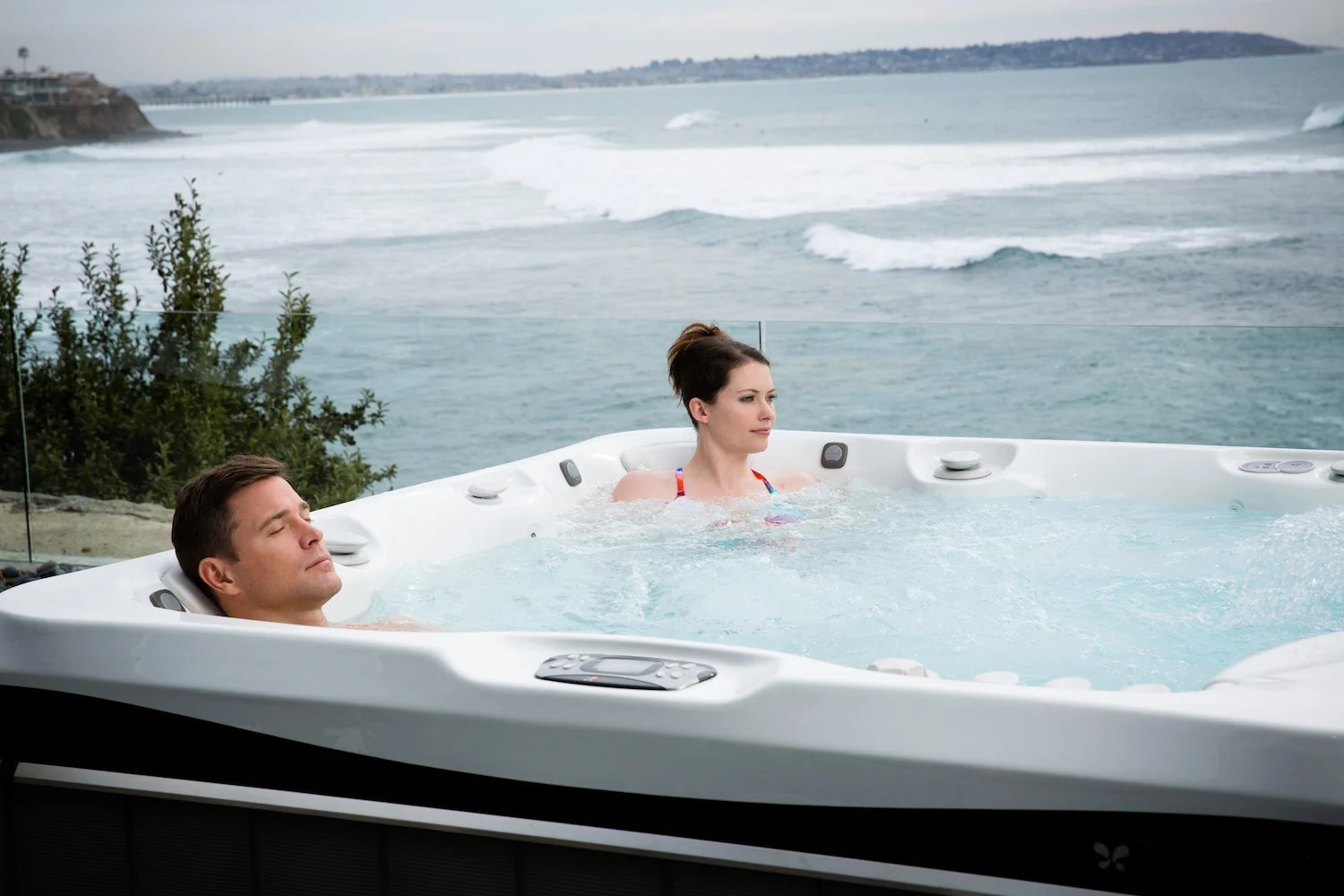

Pool & Spa Care
How Long After Adding Chemicals Can You Use A Hot Tub
Modified: February 25, 2024
Learn the ideal wait time after adding chemicals to your hot tub for safe and enjoyable use. Get expert tips for pool and spa care.
(Many of the links in this article redirect to a specific reviewed product. Your purchase of these products through affiliate links helps to generate commission for Storables.com, at no extra cost. Learn more)
Understanding the Importance of Chemicals in Hot Tub Maintenance
Introduction
Maintaining a hot tub is not just about keeping the water clean and clear; it also involves ensuring that the water is safe for soaking. This is where the use of chemicals becomes crucial. The proper application of chemicals is essential for achieving and maintaining a balanced and sanitary hot tub environment. However, many hot tub owners often wonder how long they should wait after adding chemicals before it is safe to use the hot tub. In this article, we will delve into the intricacies of hot tub care and explore the time frames for the dissipation of chemicals, ensuring that your hot tub experience is both enjoyable and safe. Let's embark on this journey to understand the dynamics of hot tub chemicals and their impact on your soaking experience.
Key Takeaways:
- Wait 15-30 minutes after adding chemicals to your hot tub before soaking. Test the water to ensure it’s safe for use. Proper circulation and filtration are essential for even chemical dispersion.
- Understanding hot tub chemicals and their dissipation times ensures a safe and enjoyable soaking experience. Prioritize water testing, follow manufacturer instructions, and monitor bather load for a clean and balanced hot tub.
Understanding Chemicals in Hot Tubs
Hot tubs require a careful balance of chemicals to maintain water quality and ensure the safety of those who use them. The primary chemicals used in hot tub maintenance include sanitizers, such as chlorine or bromine, pH adjusters, and shock treatments. Each of these chemicals plays a vital role in preserving the cleanliness and clarity of the water.
Sanitizers: These chemicals are responsible for killing bacteria and other harmful microorganisms in the water. Chlorine and bromine are the most commonly used sanitizers in hot tubs. While chlorine is effective and economical, bromine is known for its stability in higher temperatures, making it ideal for hot tubs.
pH Adjusters: Maintaining the proper pH level is crucial for the effectiveness of sanitizers and the comfort of bathers. The pH scale measures the acidity or alkalinity of the water, and the ideal range for a hot tub is typically between 7.2 and 7.8. pH adjusters such as pH increaser (sodium carbonate) and pH decreaser (sodium bisulfate) are used to maintain this balance.
Shock Treatments: Shock treatments, also known as oxidizers, are used to break down organic contaminants and eliminate combined chlorine or bromine, which can cause unpleasant odors and skin irritation. These treatments are especially important after heavy usage or when the water appears cloudy.
Understanding the function of each chemical is essential for maintaining a safe and enjoyable hot tub experience. By carefully balancing these chemicals, hot tub owners can ensure that the water remains clean, clear, and free from harmful bacteria.
Time Required for Chemicals to Dissipate
After adding chemicals to a hot tub, it’s natural to wonder how long it takes for them to dissipate and for the water to become safe for use. The dissipation time varies depending on the type of chemical added and the specific circumstances. Here are some general guidelines for the dissipation of common hot tub chemicals:
- Sanitizers: Chlorine and bromine are the primary sanitizers used in hot tubs. After adding these chemicals, it is generally recommended to wait for at least 15-30 minutes before using the hot tub. This allows the sanitizer to disperse evenly throughout the water and reach its effective concentration.
- pH Adjusters: pH adjusters are typically fast-acting and will disperse evenly within 15-30 minutes. However, it’s important to retest the water after this time to ensure that the pH level has stabilized within the desired range.
- Shock Treatments: The dissipation time for shock treatments can vary based on the product used. In most cases, it is advisable to wait for 15-30 minutes after adding a shock treatment before using the hot tub. However, always refer to the specific product instructions for accurate guidance.
It’s important to note that these timeframes are general recommendations, and actual dissipation times may vary based on factors such as water circulation, temperature, and the specific chemical concentrations used. Additionally, following the manufacturer’s instructions for each chemical product is crucial to ensure safe and effective usage.
Regular testing of the water’s chemical levels is essential to confirm that the desired balance has been achieved before using the hot tub. Utilizing test strips or a liquid testing kit can help hot tub owners monitor the chemical levels and make informed decisions about when the water is safe for use.
By understanding the dissipation times of hot tub chemicals and diligently testing the water, hot tub owners can ensure that the water is consistently safe and enjoyable for soaking.
Wait at least 15-30 minutes after adding chemicals to your hot tub before using it. Always follow the manufacturer’s instructions for specific wait times.
Safe Usage of Hot Tub After Adding Chemicals
Ensuring the safety of hot tub users after adding chemicals is paramount. While the dissipation times provide general guidance, there are additional considerations to keep in mind to guarantee the safe usage of the hot tub.
Water Testing: Before using the hot tub, it is crucial to test the water to confirm that the chemical levels are within the recommended ranges. Testing for sanitizer levels, pH balance, and total alkalinity can help determine if the water is safe for soaking. Utilizing reliable testing methods, such as test strips or liquid testing kits, allows hot tub owners to make informed decisions about the water’s readiness for use.
Proper Circulation and Filtration: Adequate water circulation and filtration are essential for ensuring that chemicals disperse evenly throughout the hot tub. Running the circulation system for the recommended time after adding chemicals helps distribute the products evenly, promoting water safety and balance. Additionally, maintaining a clean and well-functioning filtration system is crucial for removing impurities and maintaining water clarity.
Following Manufacturer’s Instructions: Each chemical product comes with specific usage instructions provided by the manufacturer. Adhering to these instructions regarding dosage, application, and recommended waiting times is essential for safe and effective chemical usage. Deviating from the manufacturer’s guidelines can lead to imbalanced water chemistry and potential safety hazards.
Monitoring Bather Load: The number of individuals using the hot tub and the duration of their soak can impact the water’s chemical balance. It’s important to consider the bather load and adjust chemical usage as needed to maintain water quality. After periods of heavy usage, such as gatherings or parties, performing a shock treatment and retesting the water is advisable to ensure its safety.
By incorporating these considerations into their hot tub maintenance routine, owners can confidently enjoy a safe and relaxing soak while ensuring the water’s cleanliness and balance. Prioritizing water testing, proper circulation, adherence to manufacturer instructions, and monitoring bather load are key practices for safe hot tub usage after adding chemicals.
Conclusion
Hot tub maintenance is a multifaceted endeavor that requires a comprehensive understanding of chemicals and their impact on water quality. By grasping the role of sanitizers, pH adjusters, and shock treatments, hot tub owners can effectively maintain a safe and enjoyable soaking environment.
Understanding the dissipation times of chemicals is essential for ensuring the safe usage of a hot tub after adding products. While general guidelines recommend waiting 15-30 minutes for the dissipation of sanitizers, pH adjusters, and shock treatments, it’s crucial to consider factors such as water circulation, temperature, and specific chemical concentrations.
Furthermore, prioritizing water testing, proper circulation and filtration, adherence to manufacturer instructions, and monitoring bather load are vital practices for maintaining a safe hot tub environment. By integrating these considerations into their maintenance routine, hot tub owners can confidently enjoy the benefits of their relaxation oasis while upholding water cleanliness and balance.
Ultimately, the harmonious interplay of chemicals, water testing, and diligent maintenance practices ensures that hot tubs remain a source of rejuvenation and relaxation for all who indulge in their warm embrace.
With a comprehensive understanding of hot tub chemicals and their dissipation, hot tub owners can navigate the intricacies of maintenance with confidence, ensuring that their soaking experiences are not only luxurious but also safe and rejuvenating.
Frequently Asked Questions about How Long After Adding Chemicals Can You Use A Hot Tub
Was this page helpful?
At Storables.com, we guarantee accurate and reliable information. Our content, validated by Expert Board Contributors, is crafted following stringent Editorial Policies. We're committed to providing you with well-researched, expert-backed insights for all your informational needs.


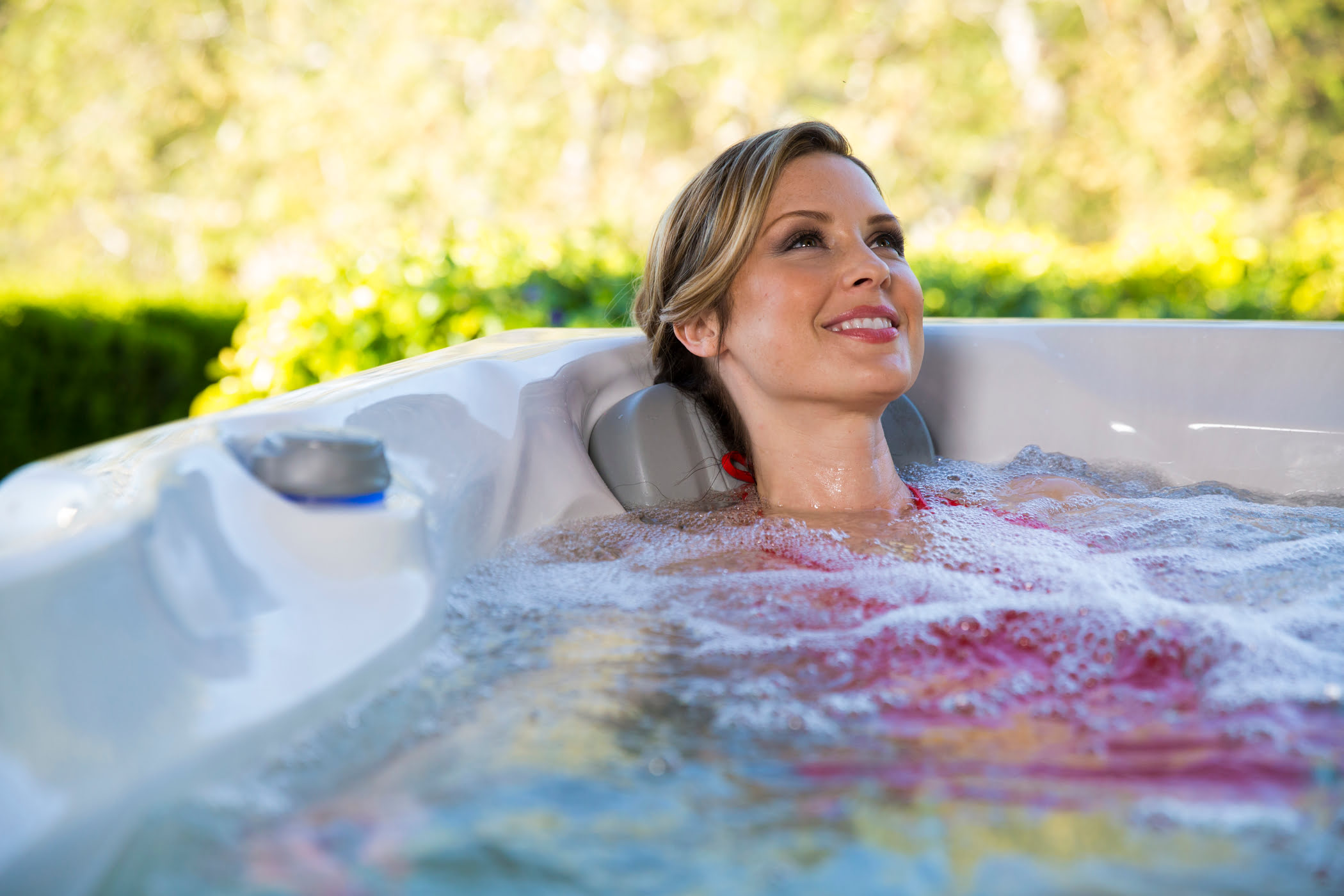

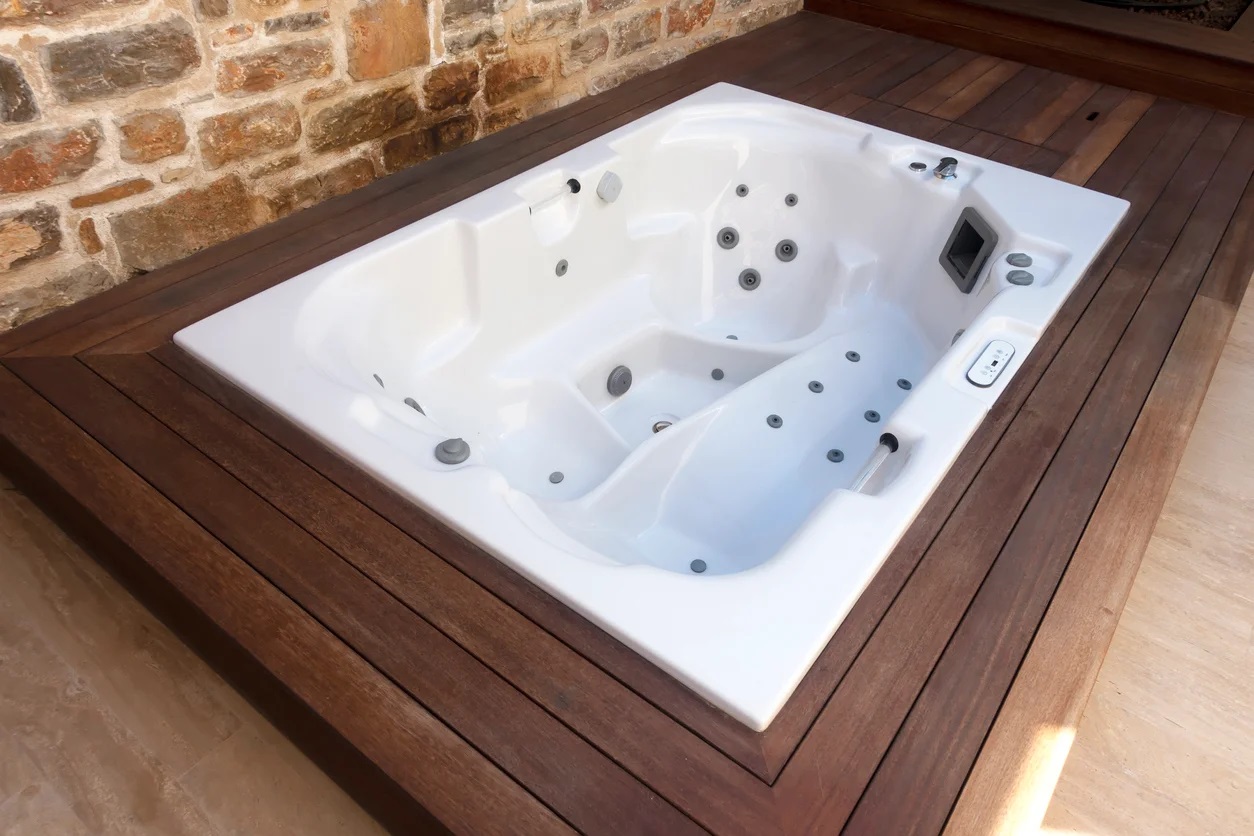

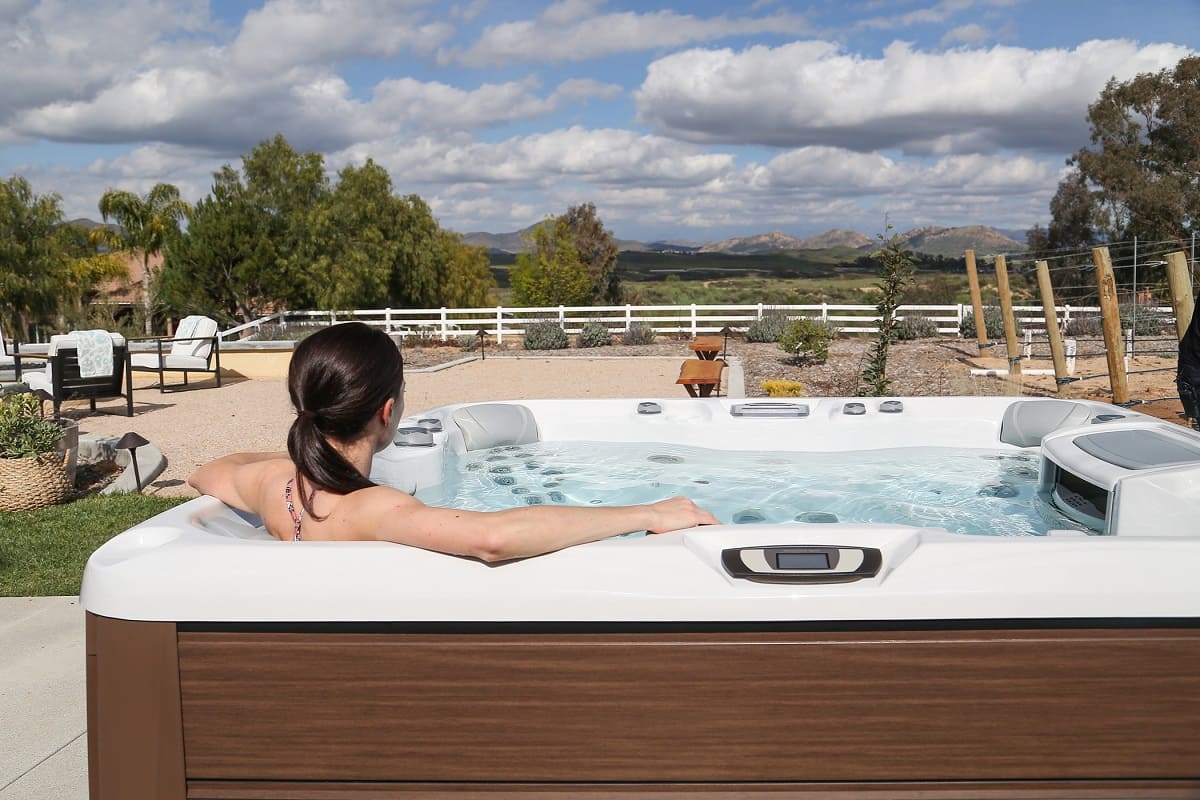
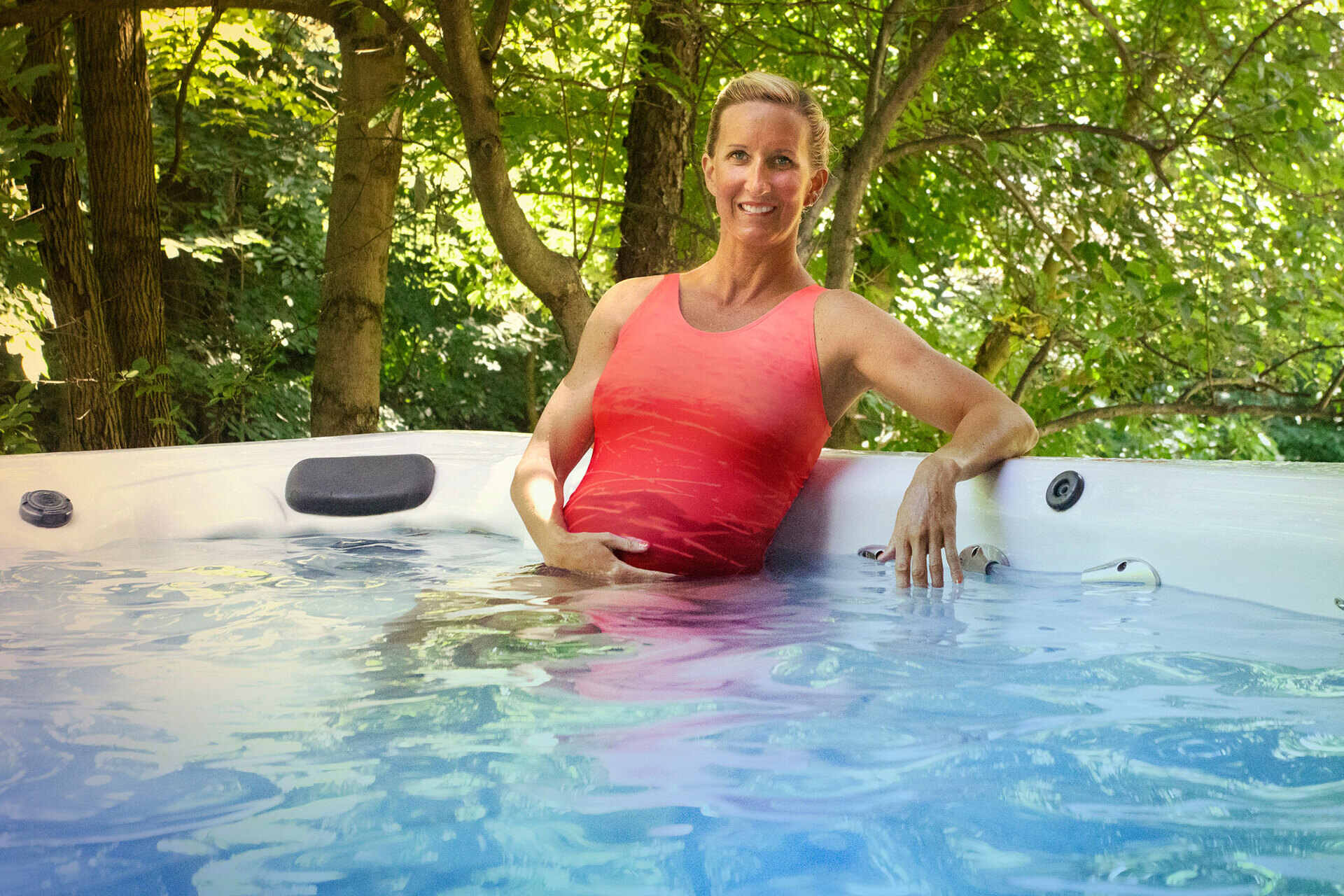
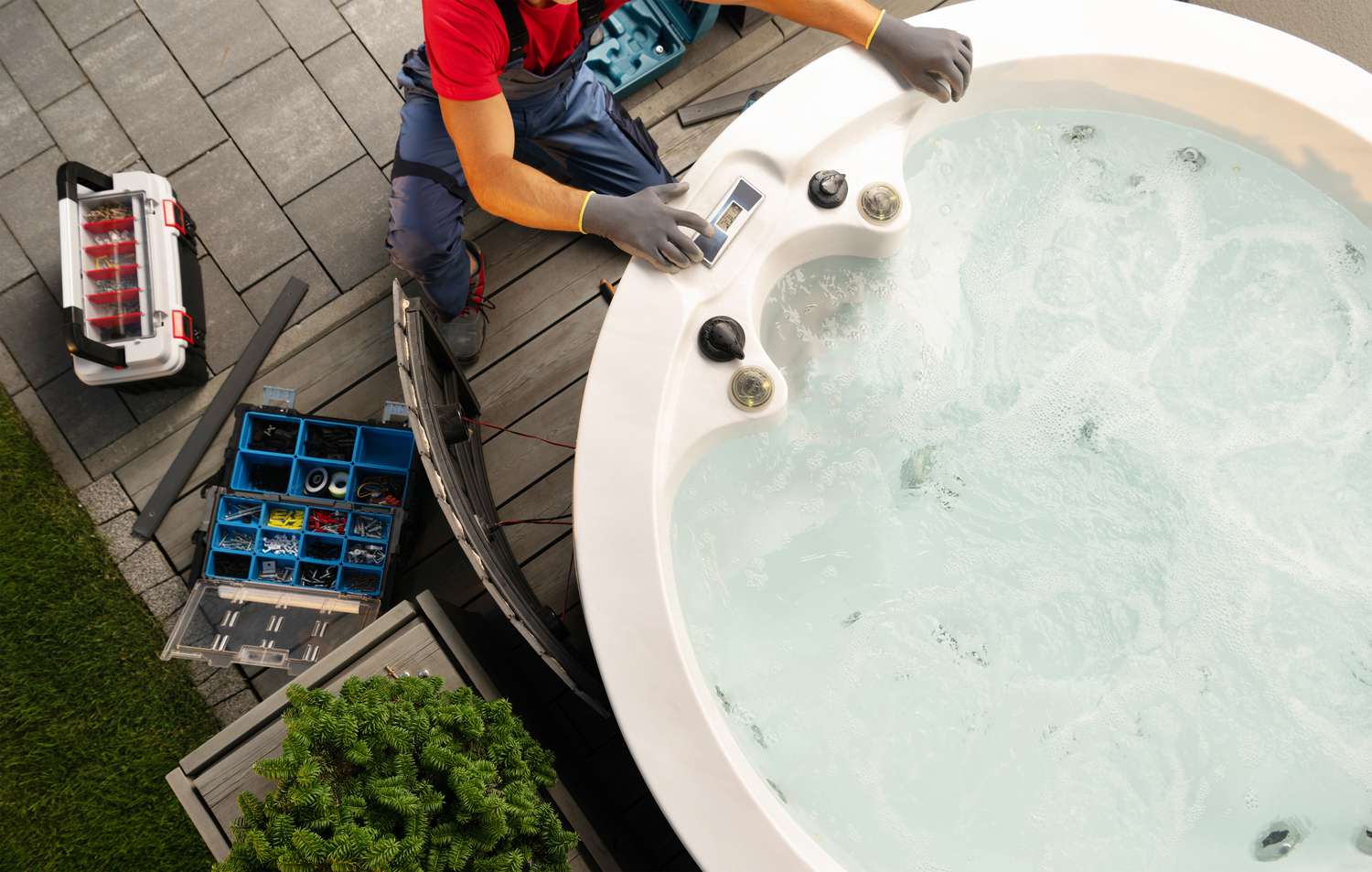
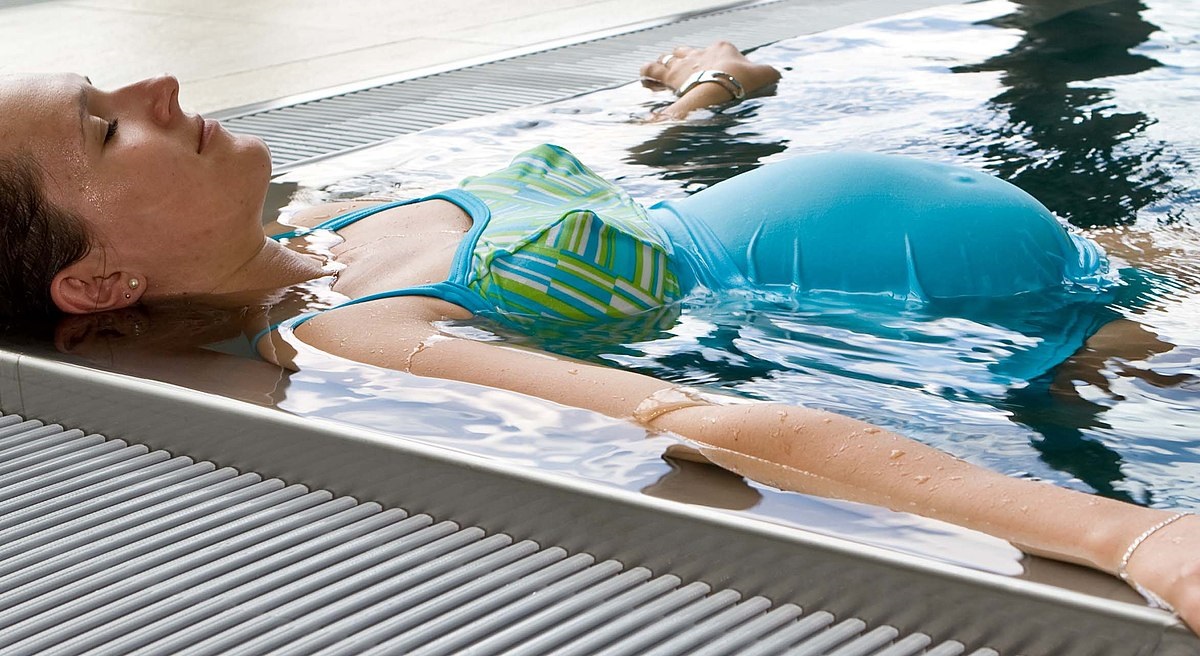

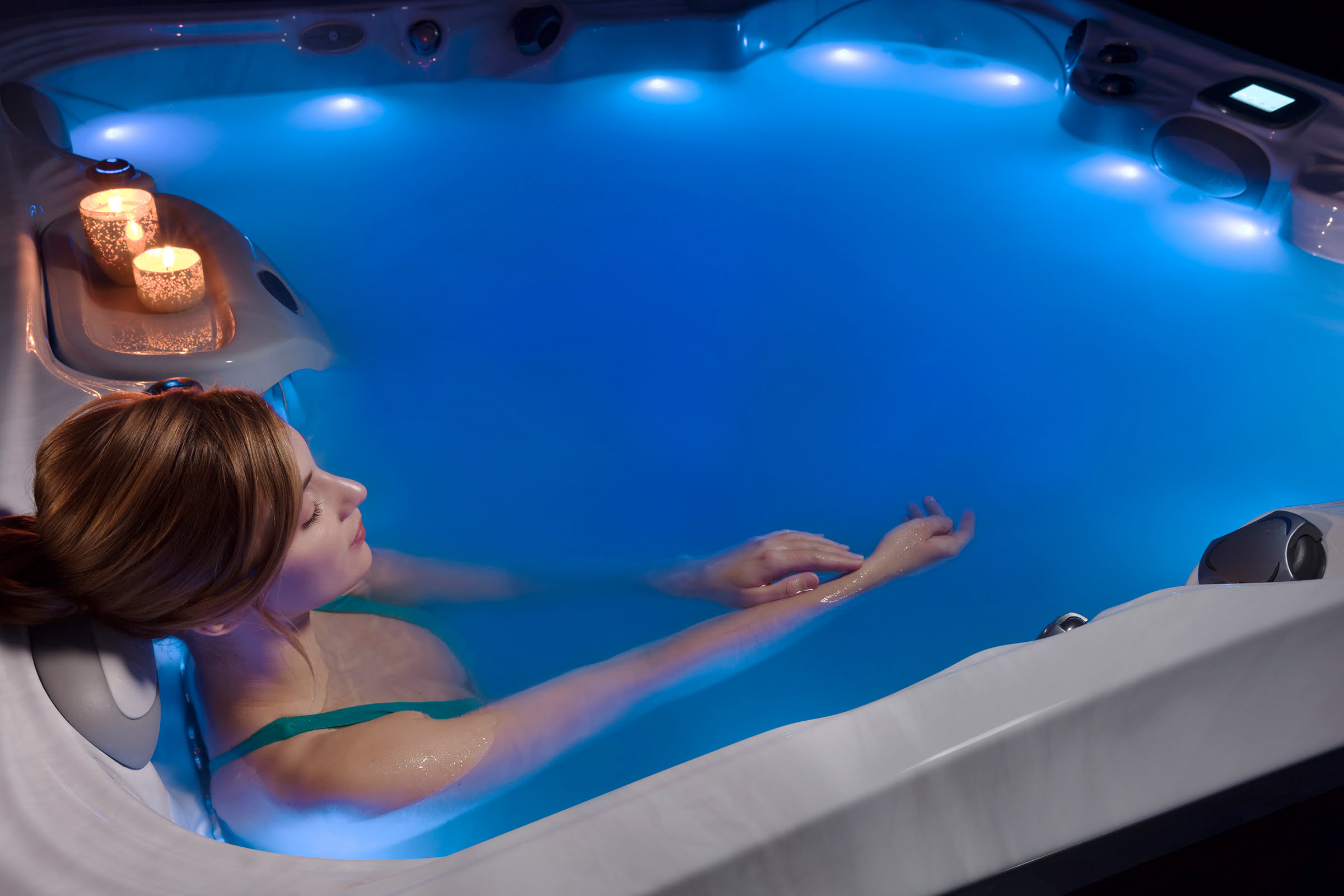

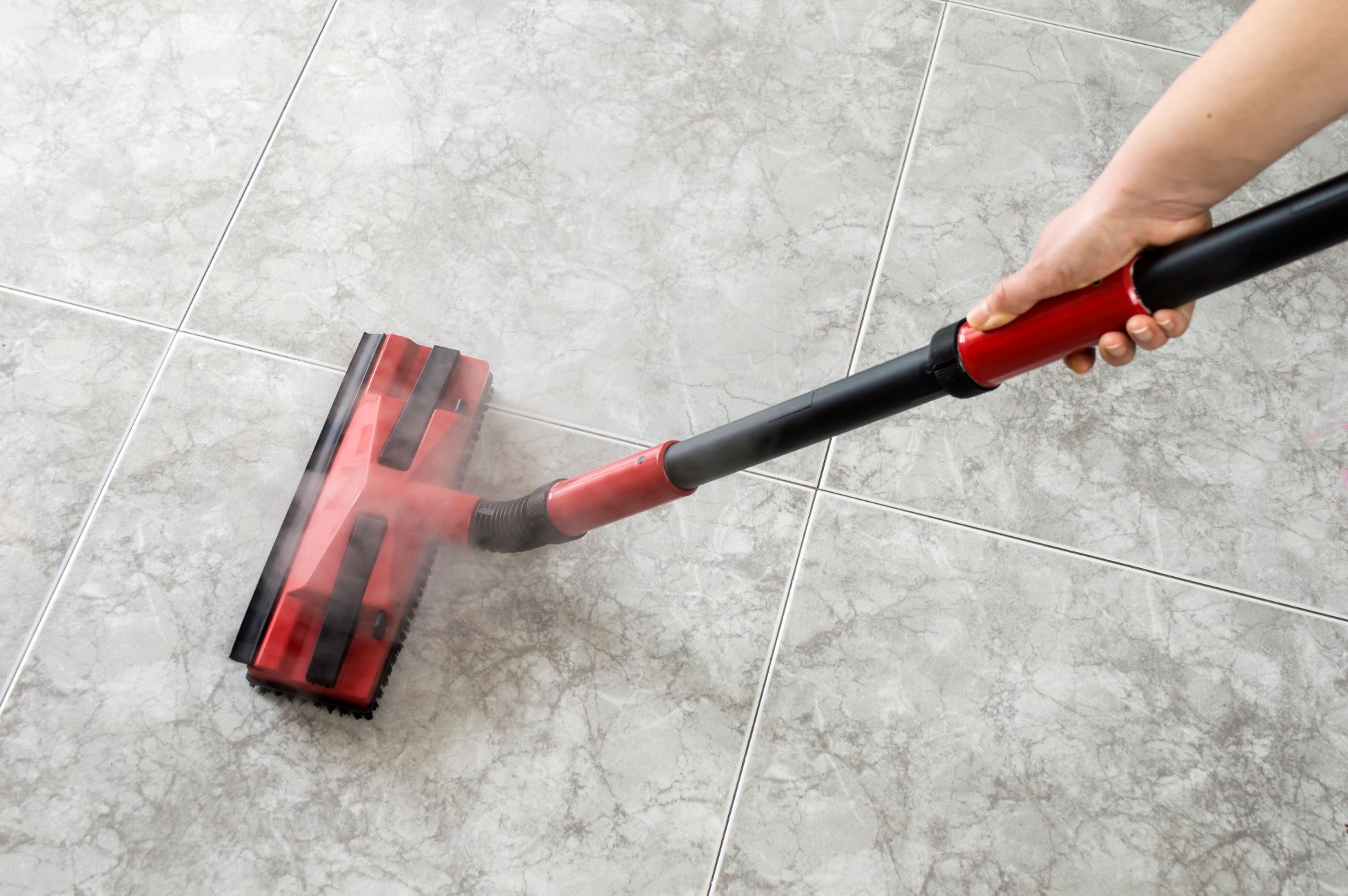


0 thoughts on “How Long After Adding Chemicals Can You Use A Hot Tub”